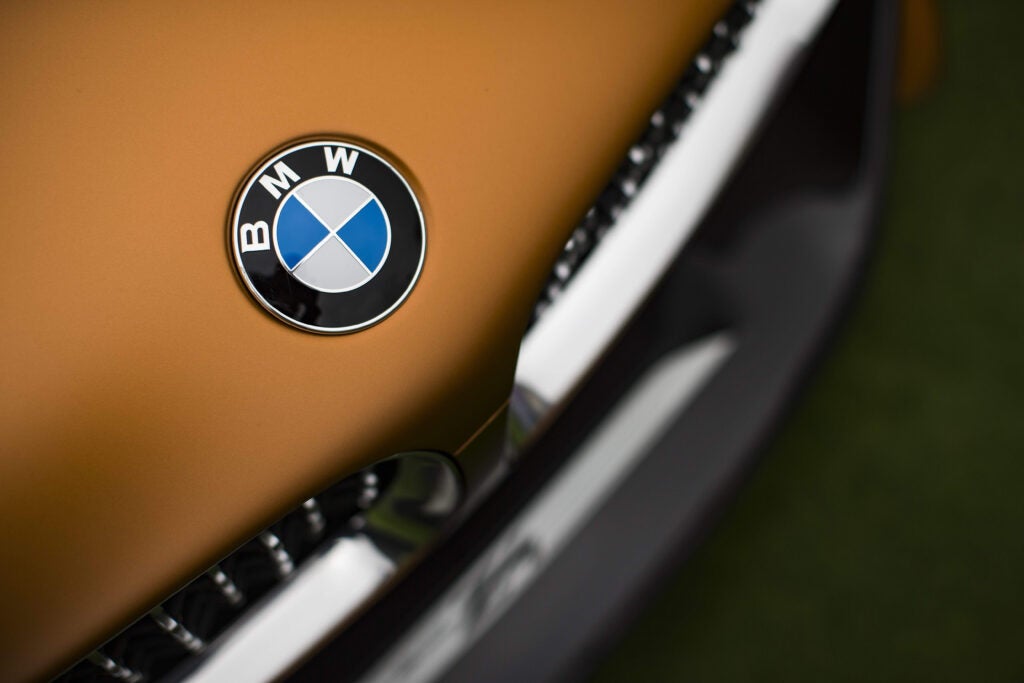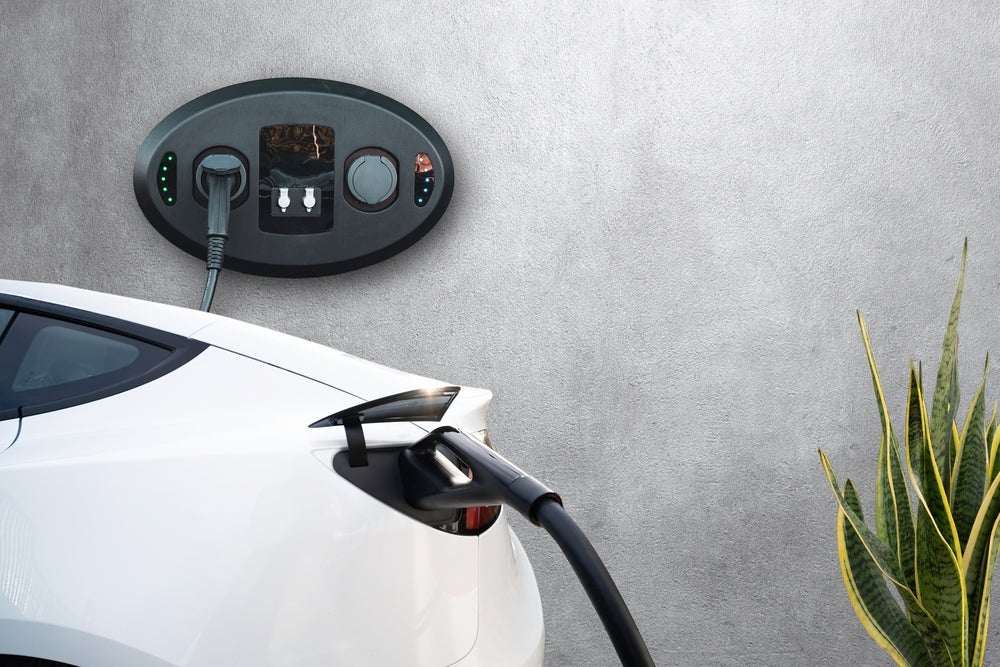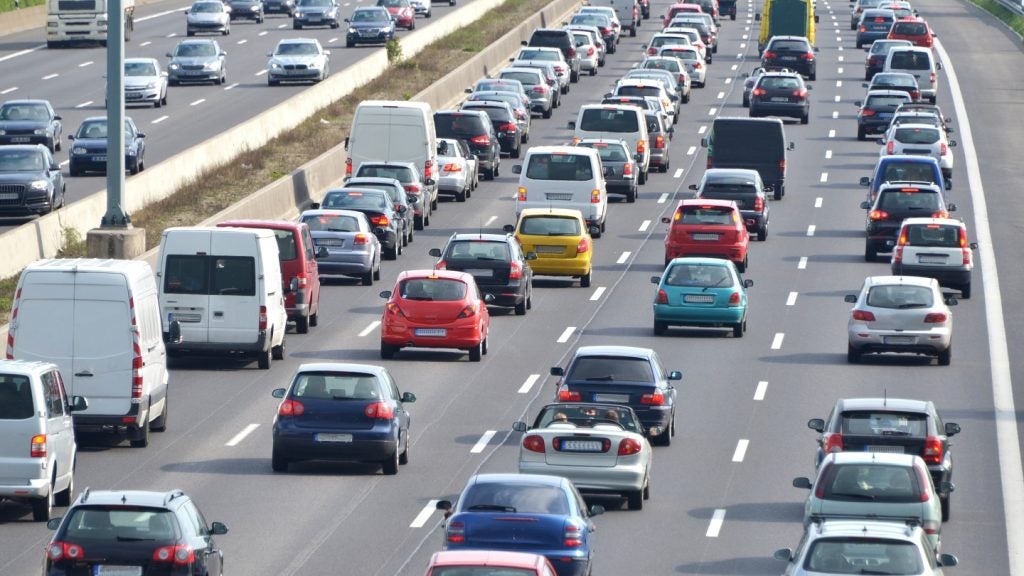The ratio of electric vehicle (EV) charging points to plug-in cars fell by 31% during 2020, according to analysis from the Society of Motor Manufacturers and Traders (SMMT).
The research shows that at the end of 2019, 11 plug-in vehicles potentially shared a standard public chargepoint capable of charging both battery electric (BEVs) and plug-in hybrid vehicles (PHEVs). In contrast, at the end of 2020, the ratio had fallen to one charger for every 16 plug-ins.
Plug-in vehicles continue to grow in popularity, accounting for around one in every six new cars registered in 2021. The public charging infrastructure required to keep them moving, however, must keep pace with the accelerating vehicle uptake, said the SMMT, but the numbers reveal that public chargepoint rollout is lagging behind.
Britain’s ratio of plug-in vehicles on the road to standard public chargers has deteriorated to become one of the worst among the top 10 global electric vehicle markets at 16:1 in 2020. South Korea (3:1), the Netherlands (5:1), China (9:1), France (10:1), Belgium and Japan (both 13:1) all offer their EV drivers better coverage.
There are also significant regional disparities in the current provision of standard public charging points. London has the best ratio of cars to chargers at 10:1 – although this in itself fell from 5:1 in 2019. Meanwhile, the East of England has the lowest availability, with just one standard public charger for every 49 plug-in vehicles.
Investments are being made in public charging with the Government’s Rapid Charging Fund allocating £950m to rapid and ultra-rapid chargepoints, £620m for zero-emission vehicle grants and infrastructure announced in the Net Zero Strategy, and a commitment that all new build homes will include an electric vehicle charging point.
How well do you really know your competitors?
Access the most comprehensive Company Profiles on the market, powered by GlobalData. Save hours of research. Gain competitive edge.

Thank you!
Your download email will arrive shortly
Not ready to buy yet? Download a free sample
We are confident about the unique quality of our Company Profiles. However, we want you to make the most beneficial decision for your business, so we offer a free sample that you can download by submitting the below form
By GlobalDataThis is insufficient, however, to keep up with consumer demand and targets for accelerated market transition, while increased new home charger provision will not provide any incentive for the millions of existing households that do not have a driveway or designated parking.
As a result, SMMT is calling on the government to take regulatory action to boost public charge point provision, with binding targets for delivery, commensurate with the targets for vehicle manufacturers to deliver products, to ensure installation rates accelerate.
Mike Hawes, SMMT chief executive, said: “Appetite for electric vehicles has never been higher, but making Britain a net zero nation means convincing everyone, wherever they live, that an electric car can meet their needs. Those who can’t have their own home charge point need the confidence that they can still charge as conveniently as they can refuel. A deteriorating ratio of public charge points to cars will drain that confidence.
“Recent government funding for infrastructure was welcome but more private sector investment in public charge points is needed across the country. The UK therefore needs a framework of regulation that makes it easier to fund, build and operate electric vehicle charging infrastructure.
“Consequently, we need commensurate and binding targets for charge point rollout and reliability so that all those without a driveway or designated parking can be confident of finding a convenient charger, and one that works.







